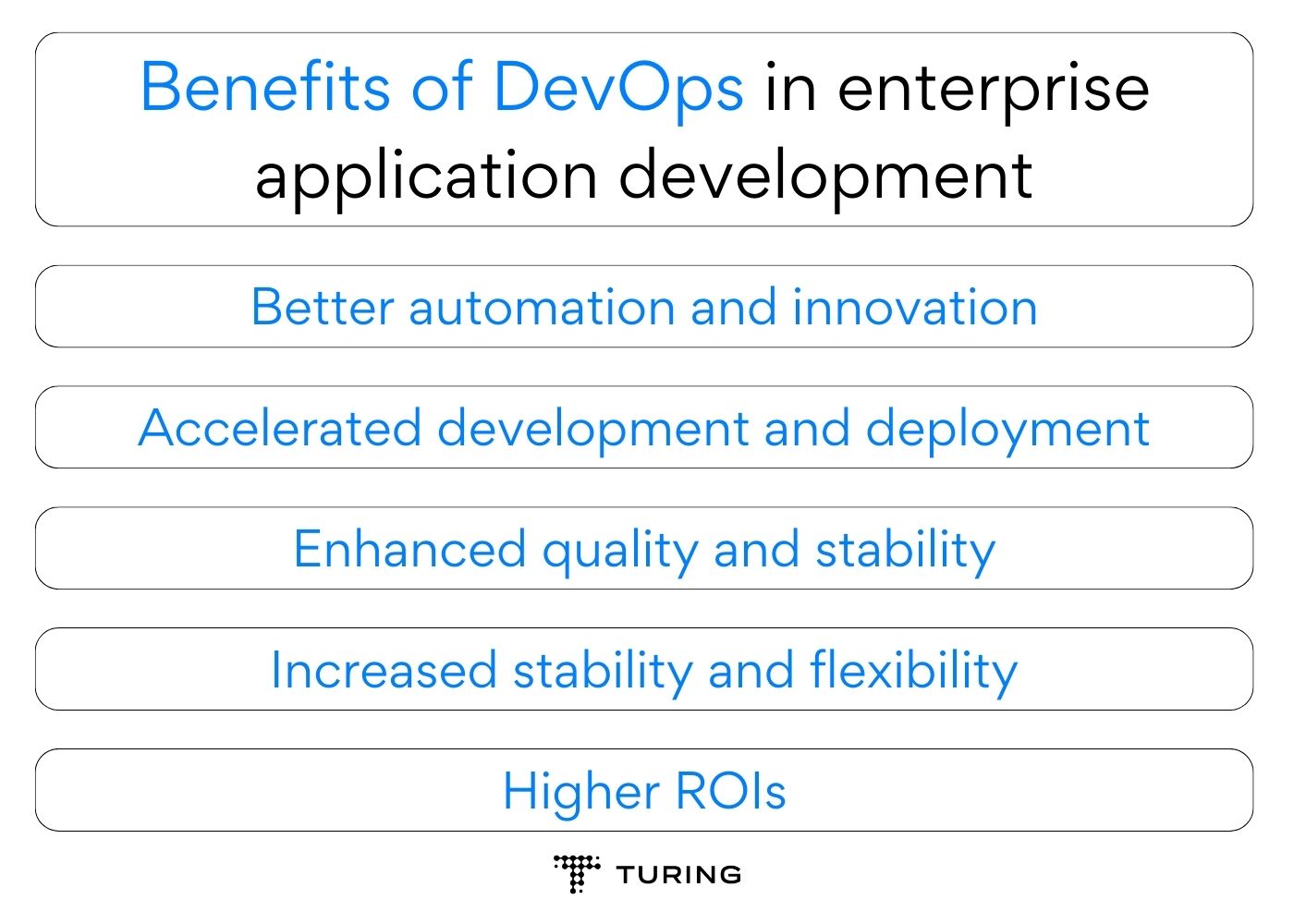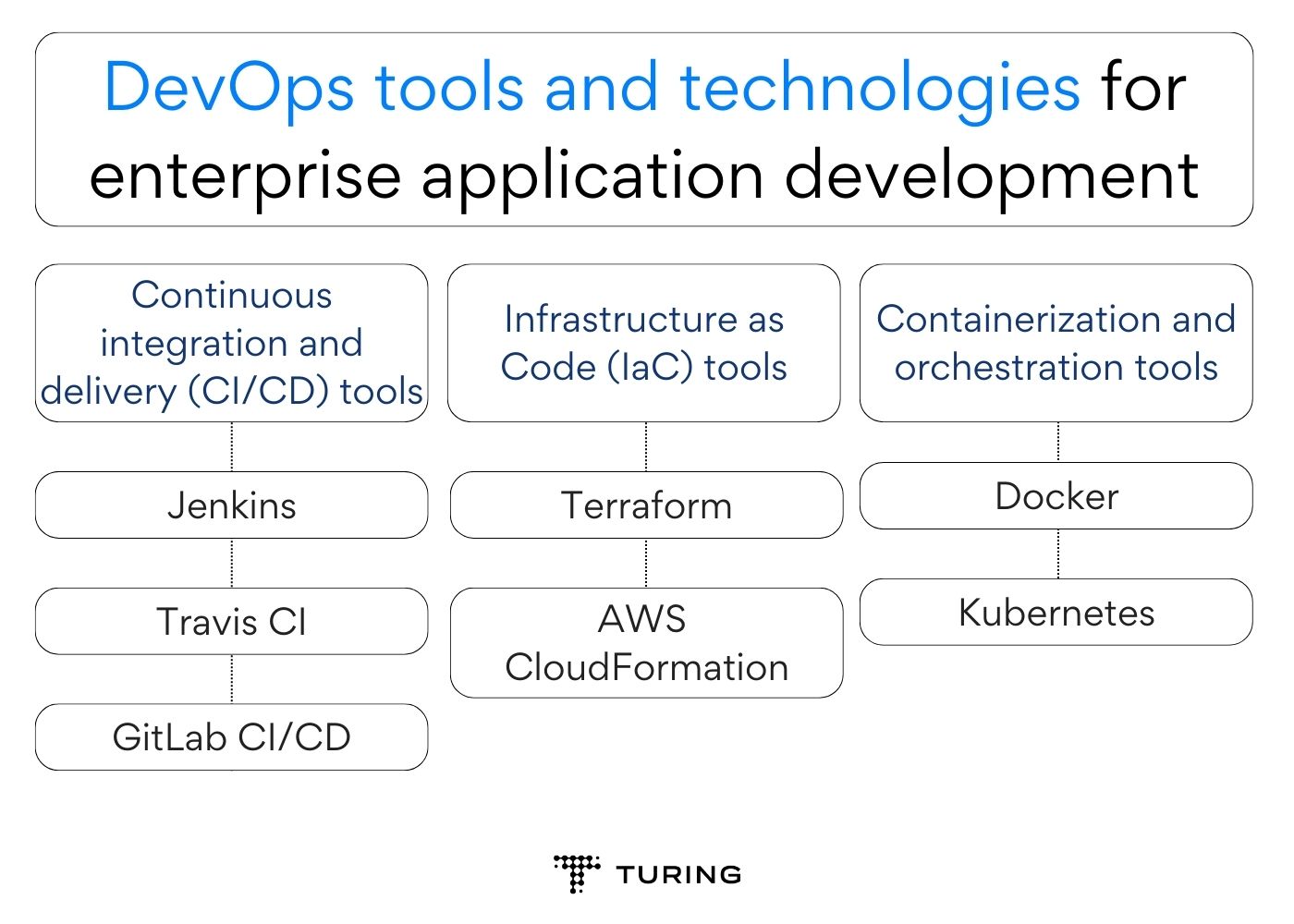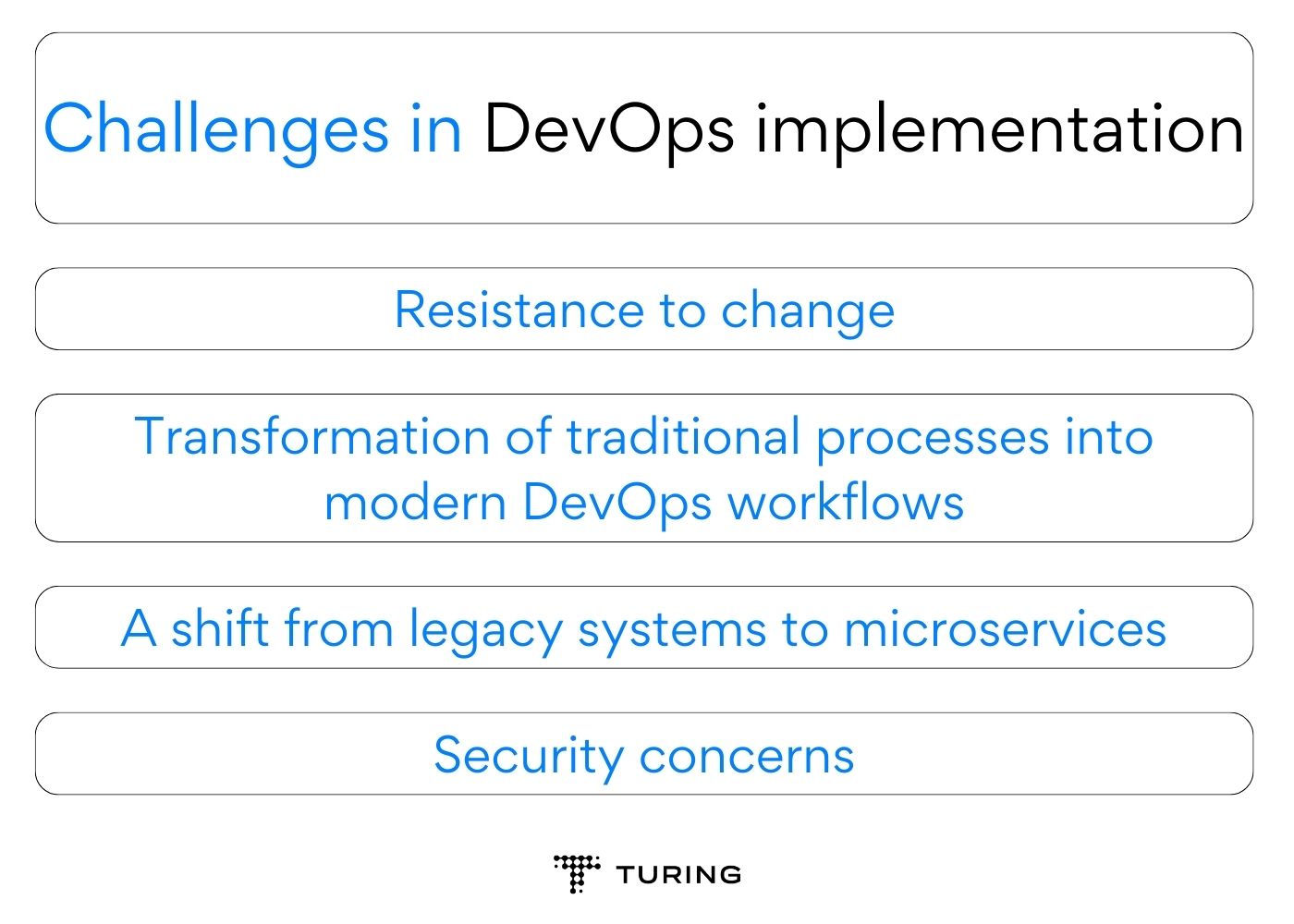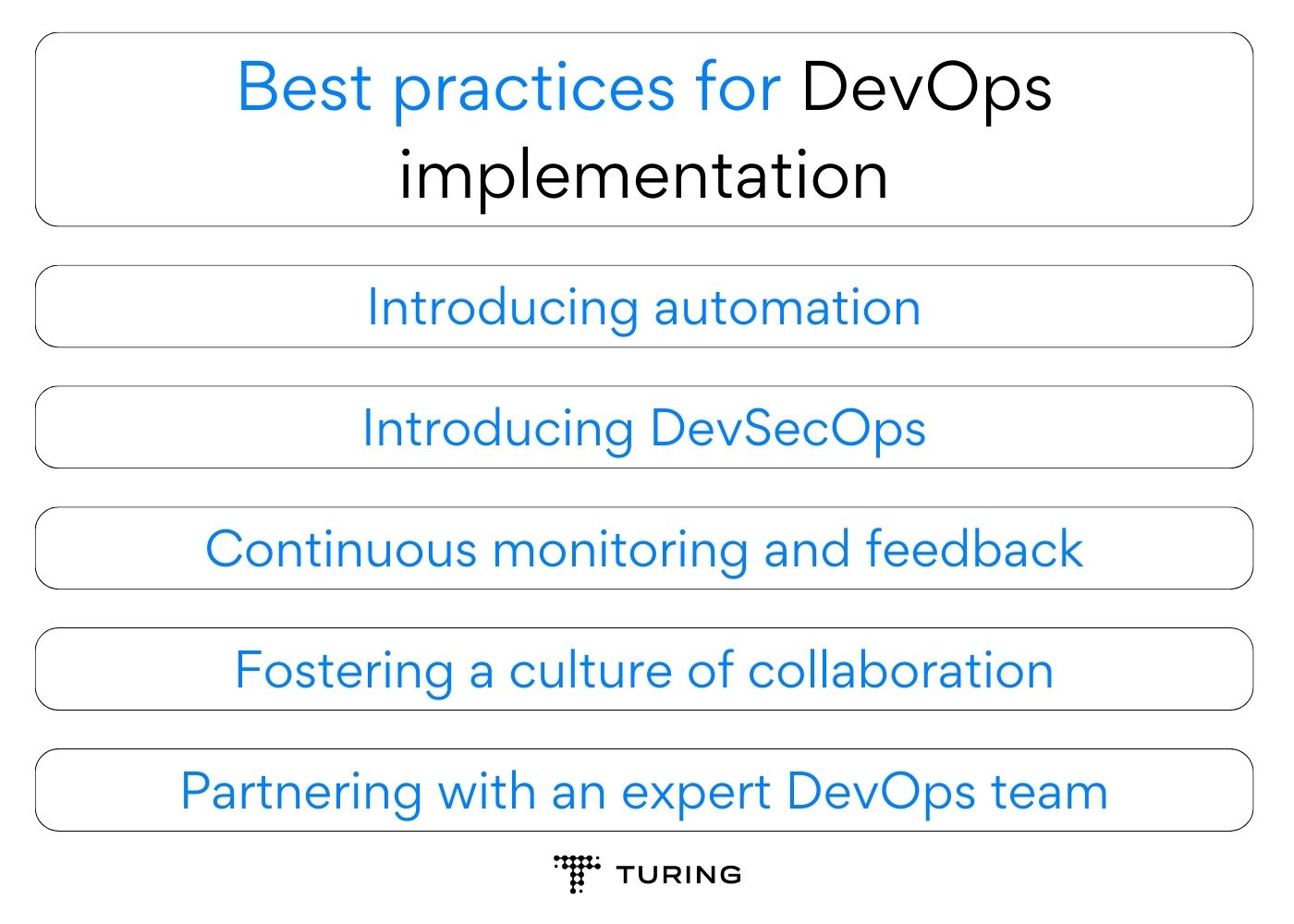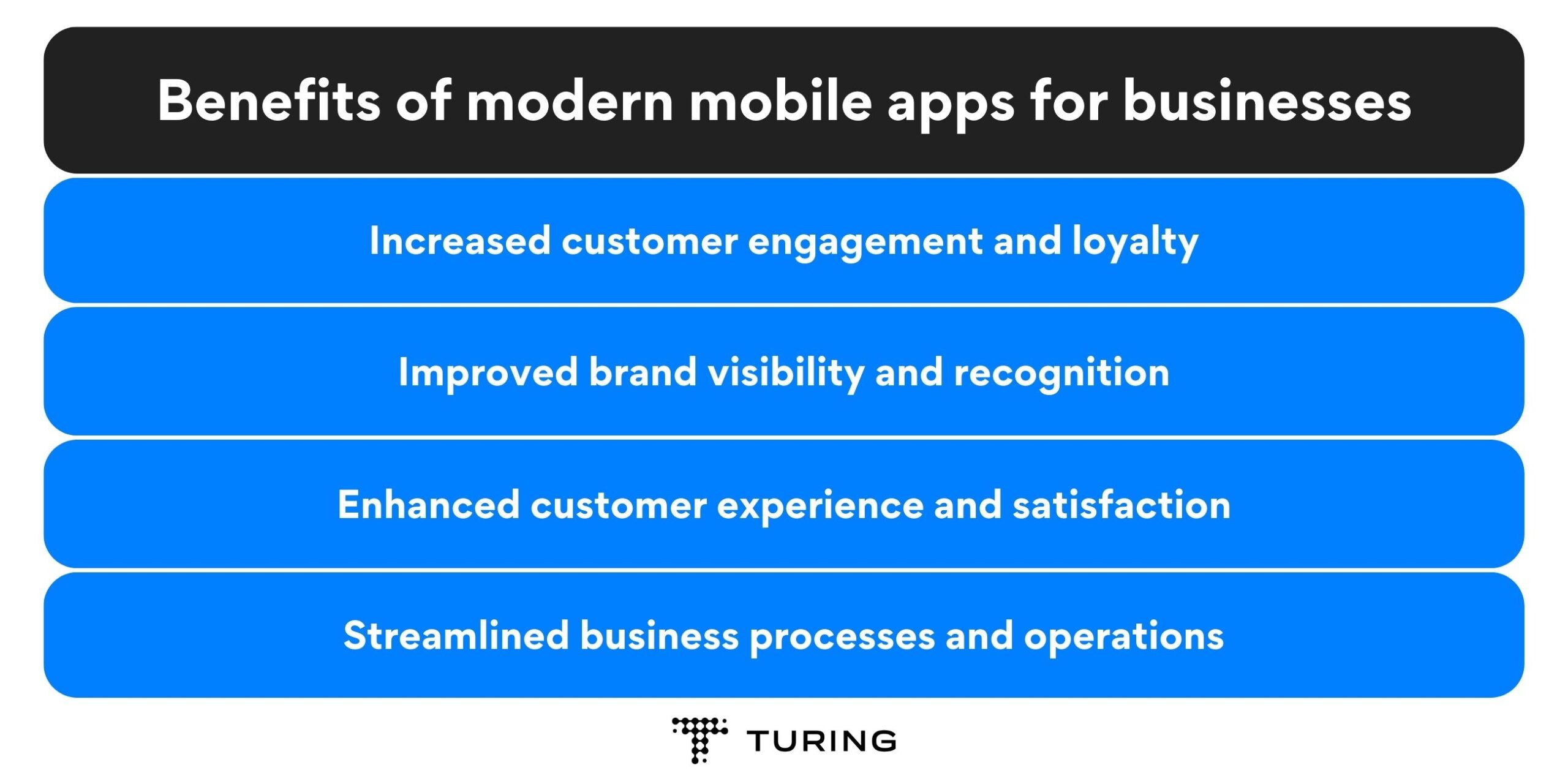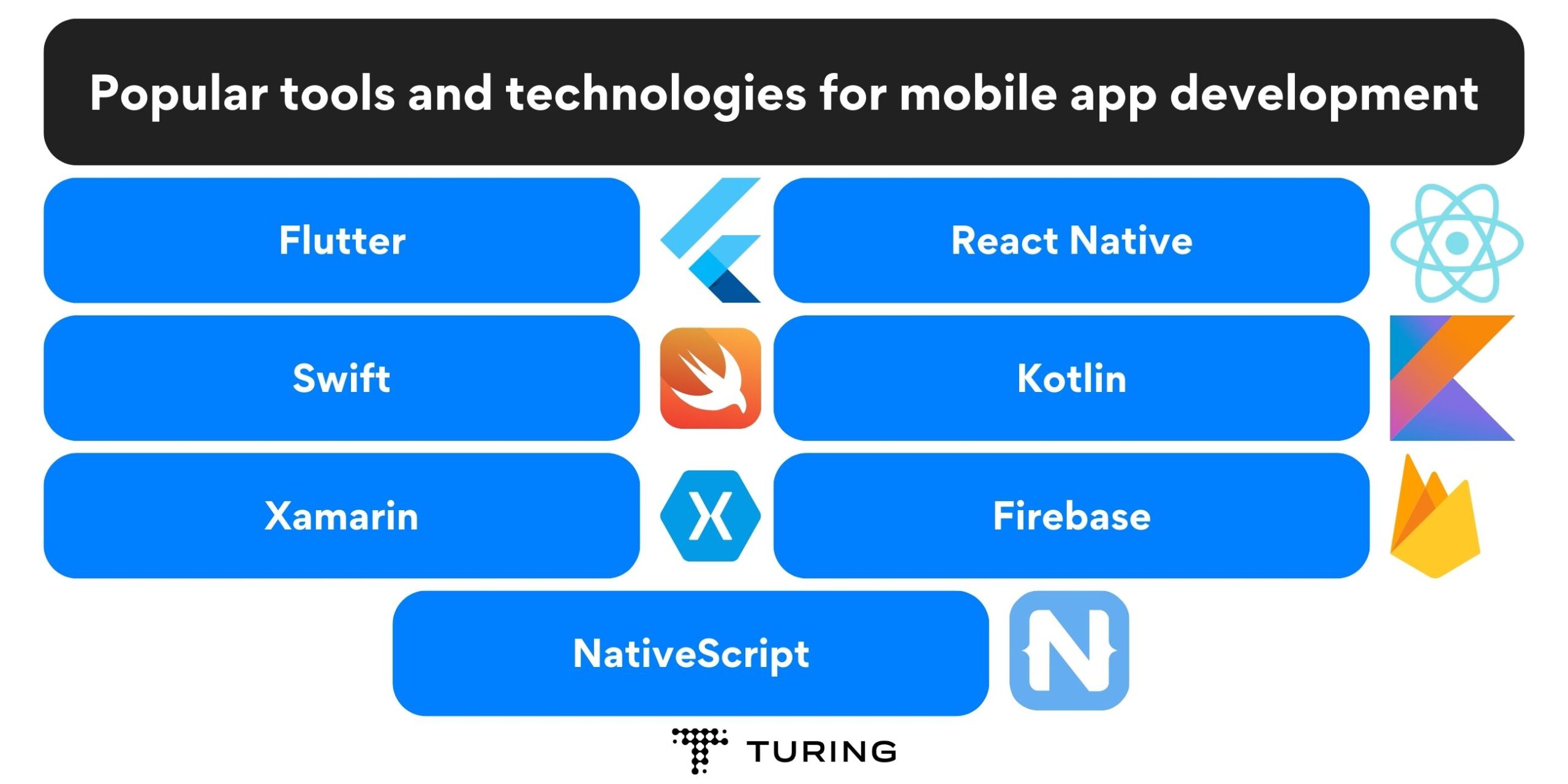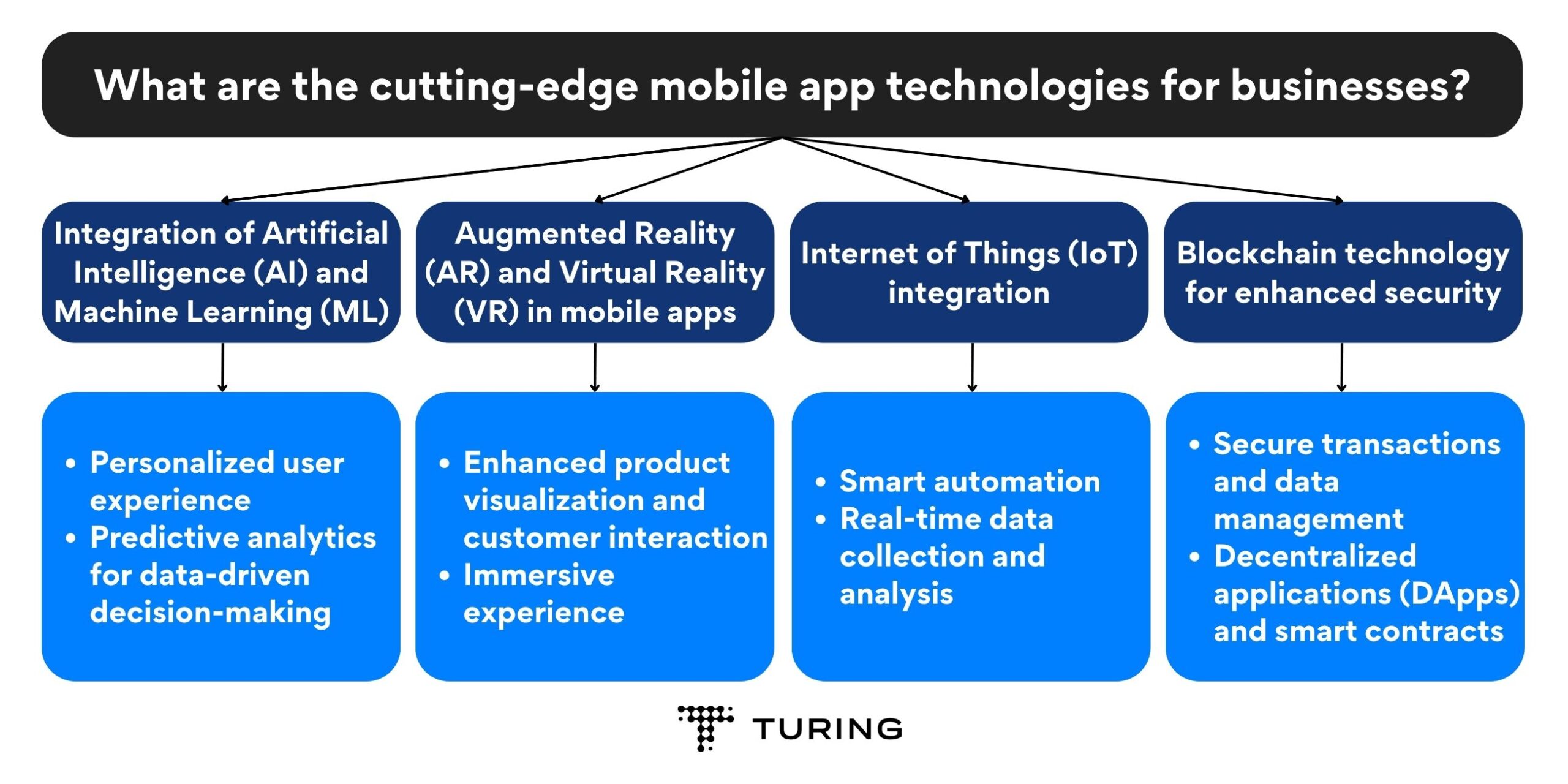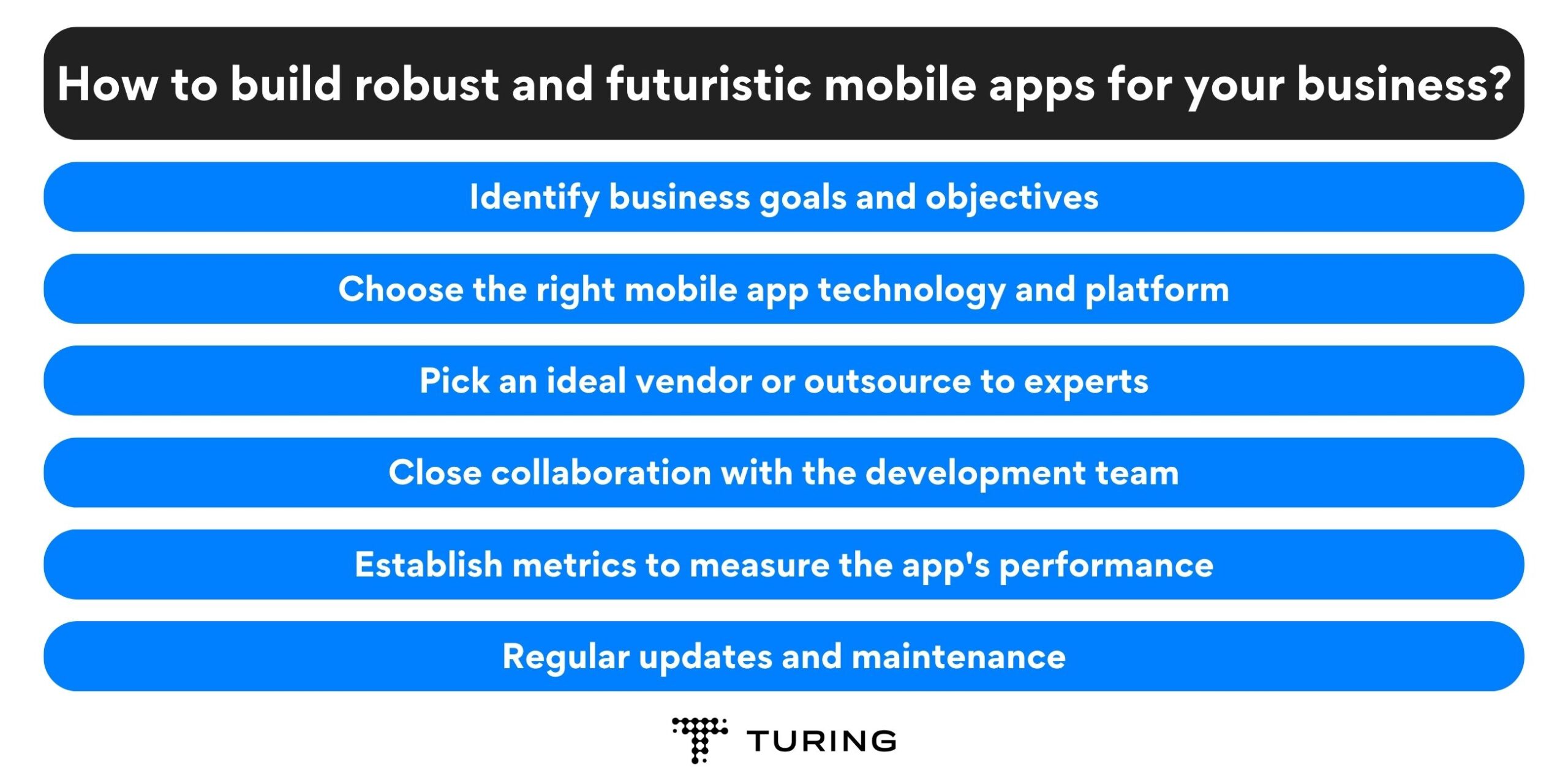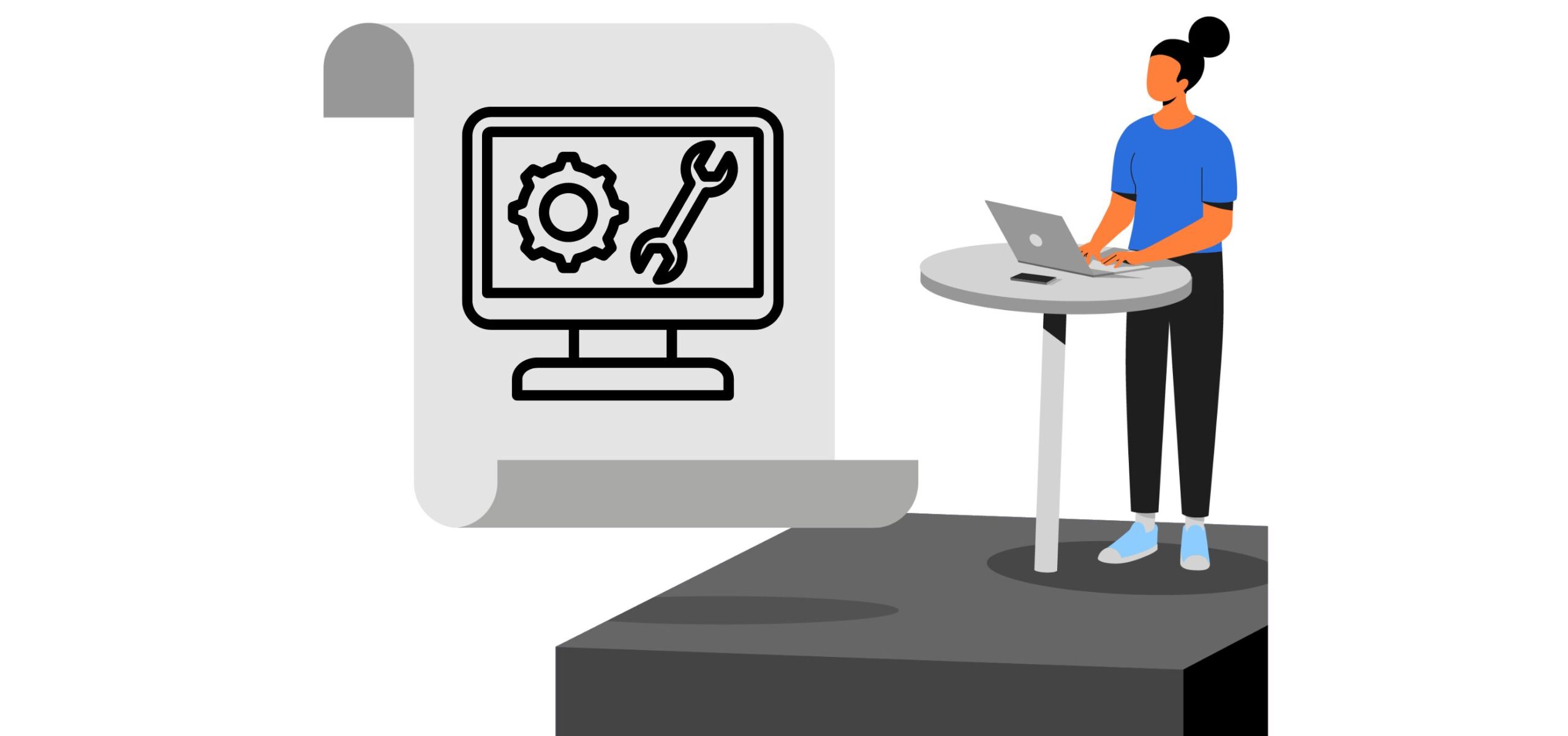
Data-Driven IT Optimization: A Complete Guide
With businesses increasingly having complex structures, workflows, and systems, implementing effective IT optimization has become a top priority. IT optimization is the strategic use of technologies to drive operational excellence, speed, and agility. As technology continues to evolve, so does the complexity of managing IT operations.
This is why modern businesses are increasingly turning to data-driven strategies to drive efficiency and unlock the full potential of their IT assets. Advanced analytics empowers organizations to extract valuable insights from vast data, enabling informed decision-making in streamlining IT operations.
So, how do you adopt a data-driven approach to IT optimization? What are the key metrics, challenges, and benefits of using data for optimizing your workflows? In this blog post, we answer these questions and thoroughly evaluate different aspects of IT optimization and the usage of data for optimizing business IT processes.
Understanding IT optimization
IT optimization strategy is a comprehensive process where businesses evaluate and align IT resources, systems, and processes with business objectives leading to enhanced productivity. By understanding IT optimization, businesses can ensure that their technology infrastructure operates at its full potential, staying ahead in a competitive landscape.
-
Key challenges in IT management and efficiency
There are various challenges in the journey to IT optimization, including the constantly changing tech landscape, lack of optimal infrastructure, scalability limitations, substandard networks, and weak cybersecurity. Businesses need a proactive approach, strategic planning, and integration of the latest analytics frameworks to overcome these challenges and build a robust foundation for growth. -
The need for a data-driven approach in IT
There are multiple functions, processes, and workflows that power operations in any IT setup. Adopting a data-driven approach ensures these components work in close collaboration while ensuring optimal results. This approach also enhances an organization’s ability to align technology optimization with business goals, ensuring efficient resource allocation. Data empowers companies to respond swiftly to changing demands and deliver superior customer experiences, ultimately driving success in the digital era.
Leveraging data for optimizing IT performance
Data-driven strategies not only enhance operational efficiency but also transform how businesses forecast demand and streamline operations. Let’s look at some key aspects of using data for IT optimization.
-
Importance of capacity planning in IT infrastructure
Capacity planning in IT infrastructure involves forecasting future resource requirements, growth projections, and business needs. By conducting effective capacity planning, IT teams can ensure their infrastructure has sufficient resources to handle current and future workloads, avoiding performance bottlenecks and downtime.
For instance, consider a rapidly growing e-commerce platform that experiences a surge in website traffic during a holiday sale event, leading to unexpected server crashes and sluggish response times. With effective capacity planning, the IT team could have anticipated the increased demand, provisioned additional server resources, and implemented load-balancing mechanisms to ensure a seamless shopping experience for customers.
Effective capacity planning empowers organizations to proactively address these challenges and maintain a robust and scalable IT infrastructure that aligns with business objectives. -
Role of data in streamlining IT operations
A data-driven approach is pivotal in predicting future demands for IT optimization, facilitating strategic decision-making, and optimal resource allocation. By analyzing historical data and performance metrics, organizations can gain insights into their IT infrastructure’s utilization patterns, capacity trends, and workload fluctuations.
Here is how a data-driven approach can streamline your IT optimization needs:- Resource planning: Data analysis helps organizations forecast IT resource needs accurately, ensuring they have the right amount of computing, storage, and network capacity to handle future workloads effectively.
- Performance optimization: By analyzing past performance metrics, businesses can identify areas of inefficiency or potential bottlenecks, enabling IT teams to optimize system configurations and enhance overall performance.
- Capacity management: Advanced analytics can project future capacity requirements, enabling IT teams to scale resources up or down, and preventing overprovisioning or underutilization of infrastructure.
- Predictive maintenance: IT teams can predict equipment failures or maintenance needs, allowing them to schedule maintenance proactively and reduce downtime through predictive maintenance analysis.
- Workload balancing: Data insights can help distribute workloads intelligently across the IT infrastructure, preventing the overloading of specific resources and ensuring even resource utilization.
- Cost optimization: Data-driven approach helps organizations make informed decisions about IT investments, avoiding unnecessary expenses while ensuring they invest in areas that contribute to business growth.
- Forecasting user demand: Analytical tools can help predict user demand patterns, ensuring that IT services and applications are ready to meet peak user loads during critical periods.
- Cloud resource management: For organizations using cloud services, data analysis aids in optimizing cloud resource usage and costs, ensuring they only pay for the resources they need.
-
Real-time resource monitoring with automation
Real-time resource monitoring, complemented by analytics and automation, is a transformative approach that revolutionizes IT infrastructure. Organizations can gain immediate insights into their infrastructure’s health and efficiency by continuously monitoring the performance and utilization of IT resources, such as servers, network devices, and storage systems.
Here are some prominent benefits of real-time resource monitoring powered by automation:- Instant detection and response: Automated monitoring tools detect resource bottlenecks in real-time and trigger automated responses or alerts, allowing IT teams to address issues before they escalate. Automation can also initiate predefined responses or corrective actions, enabling swift resolution without human intervention on exceeding the anomalies or thresholds.
- Scalability and flexibility: Real-time resource monitoring allows organizations to scale their IT infrastructure dynamically based on actual demands, optimizing resource utilization.
- Enhanced security and compliance: The analytical tools can detect potential security threats in real-time, while automation can trigger immediate responses to mitigate risks and maintain compliance with security protocols.
Consider an example of real-time resource monitoring, where a financial services company relies on real-time data analysis to monitor its web-based platform, tracking performance metrics and user behavior.
Suddenly, the platform experiences increased response times, higher failed transactions, and reduced user engagement. The real-time analysis highlights that the issue mainly affects users accessing the platform through mobile devices. With these insights, IT leaders can fine-tune their IT strategies, addressing the issue to ensure optimal user experience and increased productivity.
Overall, real-time resource monitoring fosters a proactive IT environment, reduces manual overhead, and ensures IT infrastructures are optimized to meet the ever-changing demands of modern businesses.
Challenges in adopting a data-driven approach for IT optimization
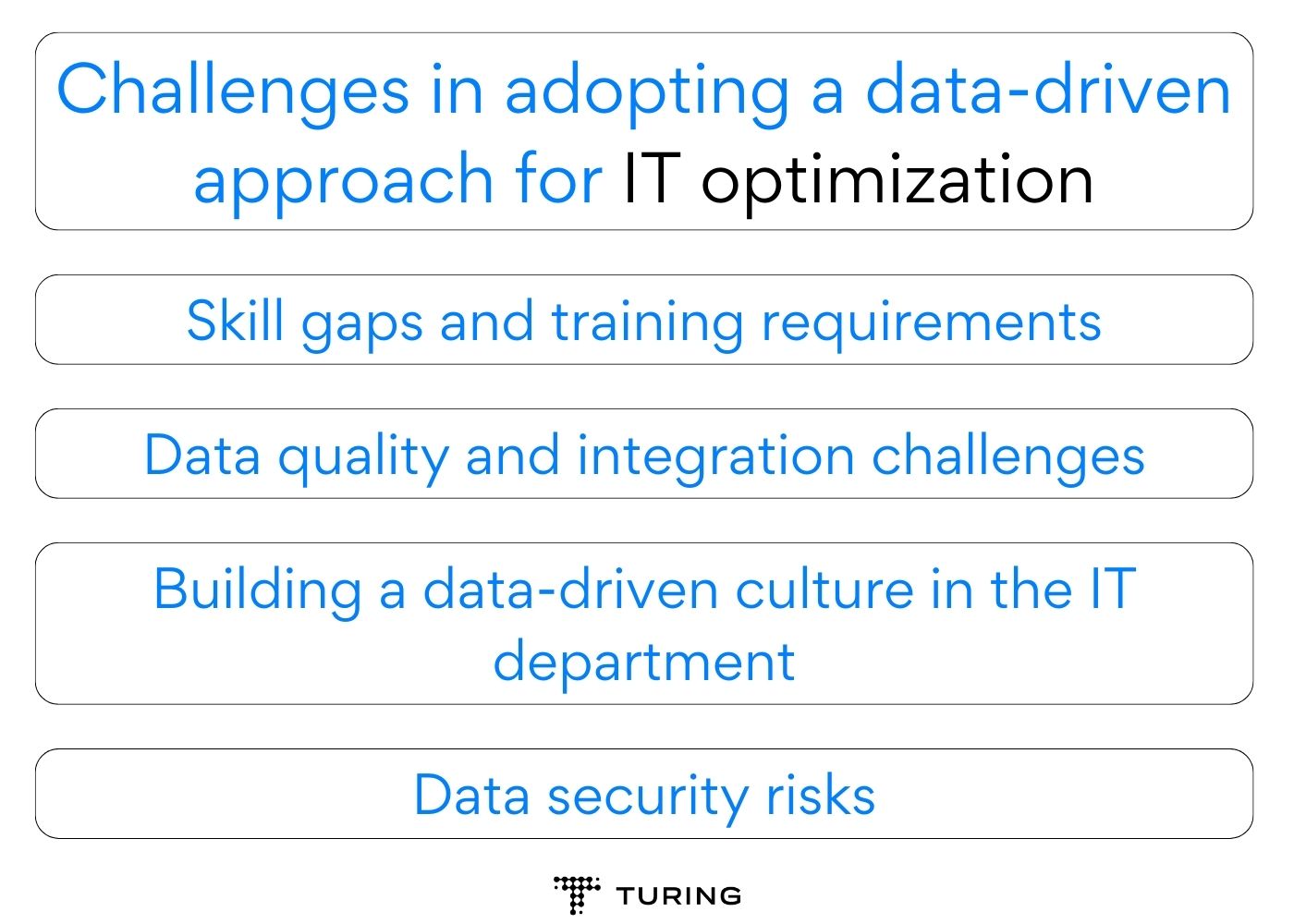
Challenges in adopting a data-driven approach for IT optimization
Data can be a great catalyst to transform your IT operations and build a powerful infrastructure for growth. However, implementing a data-driven approach across different systems and functions comes with its own set of challenges. Here are the prominent difficulties you might encounter:
-
Skill gaps and training requirements
Adopting a data-driven approach demands expertise in various areas, such as data collection, data management, statistical analysis, and machine learning. IT teams may lack the skills to analyze and interpret data, hindering the successful implementation of data-driven strategies.
To overcome this obstacle, investing in comprehensive training programs and upskilling initiatives becomes crucial. Providing employees with the necessary knowledge and tools to harness the potential of data analysis empowers them to make informed decisions, derive valuable insights, and unlock the full potential of IT optimization. -
Data quality and integration challenges
Inconsistent or inaccurate data from various sources can compromise the reliability and validity of analytical results. Integrating data from disparate systems, databases, or cloud platforms can be complex, leading to data silos that hinder comprehensive analysis.
Ensuring data quality and integrity requires meticulous data cleaning, standardization, and validation by choosing the right analytics tools. Moreover, harmonizing data across different formats and systems demands a robust integration strategy. Addressing these challenges is essential to establish a solid foundation for data-driven IT optimization. -
Building a data-driven culture in the IT department
Building a data-driven culture requires a fundamental shift in mindset, where data is embraced as a strategic asset rather than a mere byproduct of operations. Encouraging employees to use data to drive decision-making and problem-solving can face resistance, especially in traditional work environments.
IT leaders must lead by example, promoting data-driven practices and fostering a culture of curiosity and continuous learning. Transparent communication about the benefits of data-driven approaches can lead to wider acceptance. Businesses can empower their IT teams to proactively identify optimization opportunities by creating an environment that values data-driven insights. -
Data security risks
As data access and storage increase, so does the risk of data breaches, unauthorized access, and cyber-attacks. Analyzing sensitive information requires robust security measures to safeguard data integrity and confidentiality.
Organizations can implement encryption, access controls, and secure data transmission protocols to mitigate data security risks and adhere to data protection regulations. Regular security audits and monitoring can help detect and mitigate vulnerabilities. Proactive security measures are essential to foster trust, protect sensitive information, and maintain the credibility of data analytics initiatives.
Benefits of integrating a data-driven approach for IT optimization
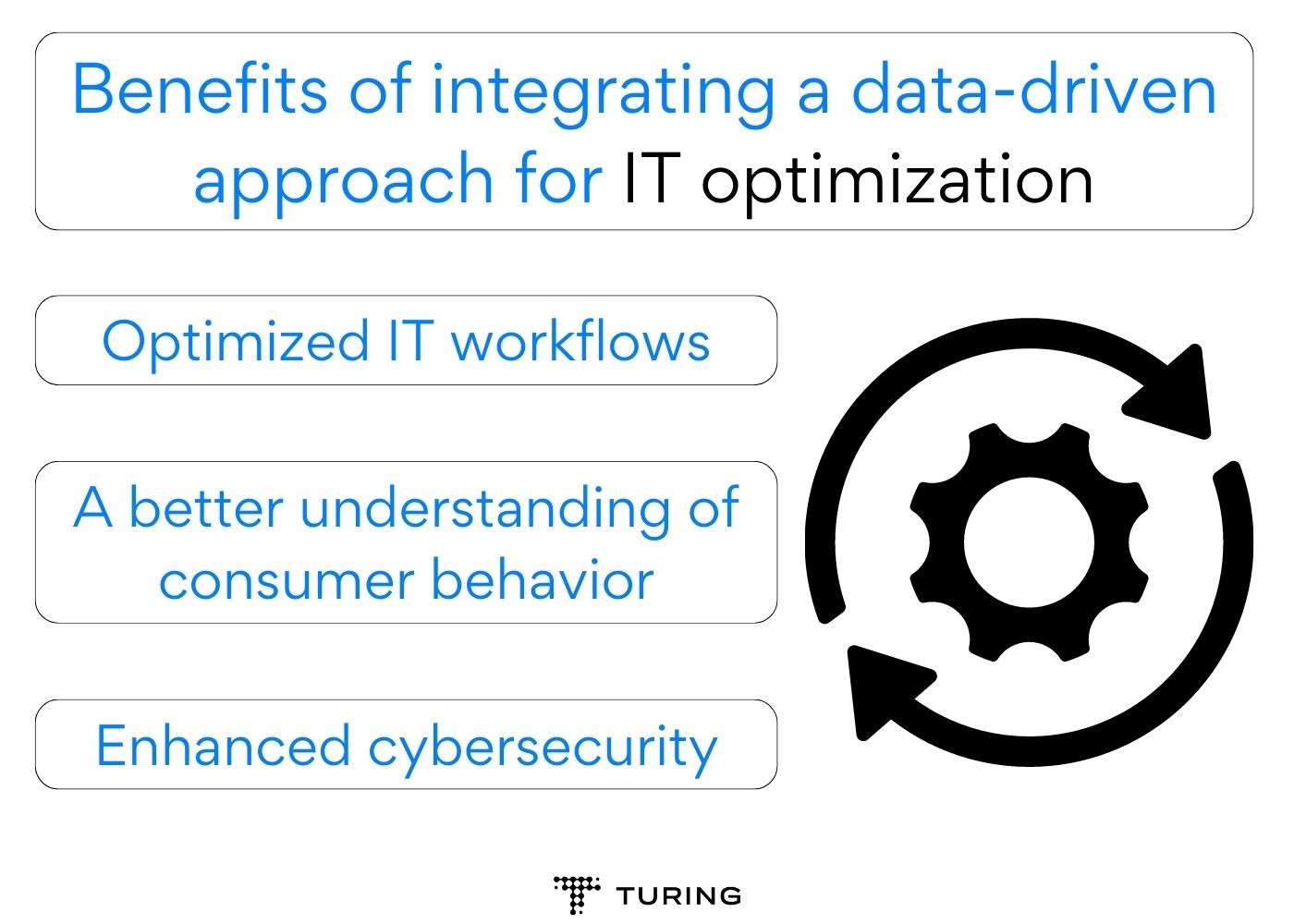
Benefits of integrating a data-driven approach for IT optimization
Integration of data analytics tools and frameworks offers incredible advantages to businesses looking to modernize their IT processes and accelerate growth.
- According to research by McKinsey, organizations driven by data are 19 times more likely to be profitable than their competitors.
- A study by PwC found that businesses with data-driven workflows outscored their competitors in profitability and productivity by 6% and 5% respectively.
Here are some prominent benefits of a data-driven strategy for your business:
-
Optimized IT workflows
Data analysis provides valuable insights into various aspects of IT operations, such as response times, server uptime, application availability, and network latency. This data offers a comprehensive overview of the IT environment, allowing organizations to identify areas of improvement, monitor service-level agreements (SLAs), and address performance issues.
Based on data-powered insights, organizations can prioritize tasks, automate repetitive processes, and make smarter allocations. As a result, IT workflows become more agile, responsive, and data-driven, reducing downtime and enhancing overall productivity. -
A better understanding of consumer behavior
Integration of analytics in business workflows empowers businesses with a better understanding of consumer behavior, unlocking valuable insights to enhance customer experiences. Analytics offers comprehensive visibility into the user journey by assessing user interactions, click-through rates, and browsing patterns.
These insights help businesses tailor their IT services, resources, applications, and digital platforms to meet customer expectations. With real-time data analysis, businesses can identify emerging trends and anticipate changing customer needs, enabling them to offer personalized solutions and targeted marketing strategies. -
Enhanced cybersecurity
Integrating advanced analytics for IT optimization brings enhanced cybersecurity capabilities to businesses. Companies can evaluate vast security-related data in real-time to identify unusual user behavior, network intrusions, anomalies, and malicious patterns.
SOAR (Security Orchestration, Automation, and Response) is a prominent cybersecurity approach powered by AI and analytics to help SOC teams build robust security frameworks. While analytics focuses on extracting insights and patterns, SOAR takes those insights and applies them to automate and orchestrate incident response actions.
This proactive approach allows IT teams to respond swiftly to security incidents, preventing data breaches and minimizing the impact of cyberattacks.
How to incorporate data analysis in IT business processes?
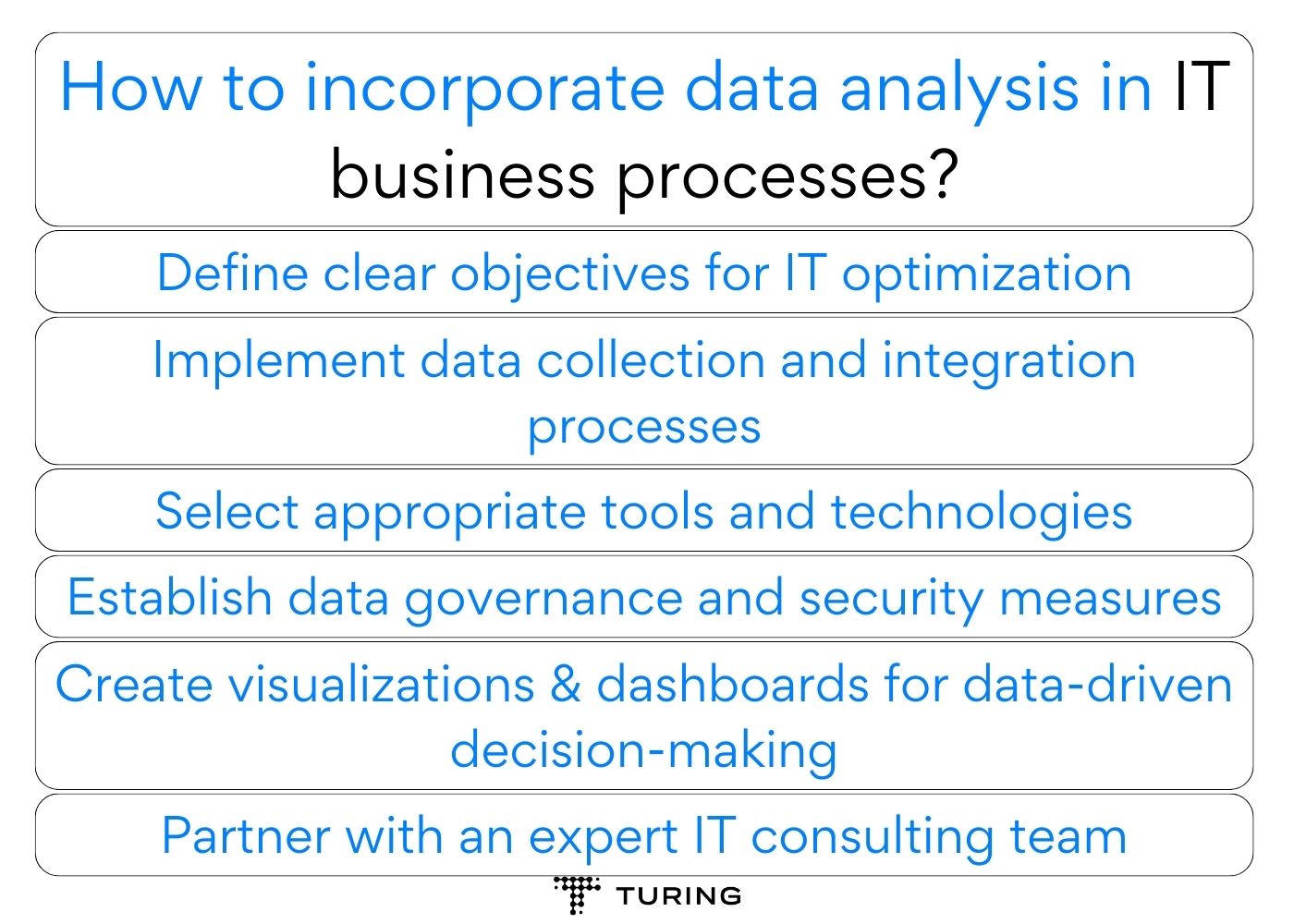
How to incorporate data analysis in IT business processes?
If you want to integrate the data-driven framework into your IT workflows, pursuing a streamlined approach to data adoption ensures that businesses get full benefits while minimizing risks or disruptions to daily operations. Here are key steps to adopt data analysis tools for IT optimization:
-
Define clear objectives for IT optimization
The first step in incorporating data-driven strategies into IT business processes is to define clear objectives. What do you hope to achieve by using these analytics? Do you want to improve efficiency, reduce costs, or improve decision-making? Once you know your objectives, you can start to collect and analyze data to identify areas where improvement is needed.
It is critical to be specific when defining your objectives. This approach will help you focus your data analysis initiatives and ensure you are measuring progress toward your goals. Once you have defined your objectives, you can develop a comprehensive plan. This plan should include the following steps:- Identify the data sources that you will need
- Collect and clean the data
- Analyze the data to identify trends and patterns
- Suggest areas of improvement
- Implement the suggestions and track your progress
By following these steps, you can ensure that your analytics efforts are focused and effective.
-
Implement data collection and integration processes
The data collection and integration process involves identifying the data sources, collecting the data, and integrating it into a central repository.
There are various data sources that you may need to collect data from, including:- Operational data from your IT systems
- Customer data from your CRM system
- Financial data from your accounting system
- Social media data from your customer engagement platforms
Once you have collected the data, you must integrate it into a central repository. This process will allow you to analyze the data across different sources and identify trends and patterns.
There are several integration tools that you can use, including cloud-based data integration platforms, on-premises data integration software, and open-source data integration tools. Here are some examples of these tools:- Cloud-based data integration platforms: These platforms offer a variety of features, including data extraction, transformation, and loading (ETL), real-time data integration, and data warehousing. Some popular cloud-based data integration platforms include:
- Fivetran
- Informatica Cloud
- Talend
- On-premises data integration software: These tools are installed on-premises and offer more features than cloud-based platforms. However, they can be more complex to set up and manage. Some popular on-premises data integration tools include:
- Informatica PowerCenter
- IBM InfoSphere DataStage
- Oracle Data Integrator
- SAP Data Services
- Open source data integration tools: These tools are free to use and offer a variety of features. However, they can be more complex to set up and manage than commercial tools. Some popular open-source data integration tools include:
- Apache NiFi
- Talend Open Studio
- Jitterbit
- SnapLogic
The choice of data integration tool will depend on the size and complexity of your data.
- Cloud-based data integration platforms: These platforms offer a variety of features, including data extraction, transformation, and loading (ETL), real-time data integration, and data warehousing. Some popular cloud-based data integration platforms include:
-
Select appropriate tools and technologies
Organizations must evaluate their specific data analysis requirements and choose tools aligned with their objectives and existing infrastructure. Consider factors such as the types of data to be analyzed, the complexity of analysis needed, user skill sets, and scalability.
For instance, business intelligence tools like Tableau or Power BI might be suitable if the focus is on data visualization and user-friendly interfaces. On the other hand, for advanced data analysis and machine learning, Python libraries like scikit-learn or TensorFlow may be more appropriate. Let us look at some prominent options:- Business Intelligence (BI) tools: Tableau, Microsoft Power BI, IBM Cognos, Looker Studio, SAP BusinessObjects.
- Data mining tools: RapidMiner, IBM SPSS Modeler, Oracle Data Miner, SAS Enterprise Miner, Microsoft SQL Server Analysis Services (SSAS)
- Machine learning tools: Scikit-learn, TensorFlow, PyTorch, Amazon SageMaker, Apache Spark MLlib.
Ultimately, the choice boils down to your business requirements and your approach to analytics.
-
Establish data governance and security measures
Data governance and security are essential for the successful adoption of a data-driven approach. Data governance guarantees consistent and compliant management and usage of data. Data security protects data from unauthorized access, use, disclosure, disruption, modification, or destruction.
There are several data governance and security measures including:- Data classification: This involves classifying data according to its sensitivity and importance.
- Data access control: This involves defining who has access to what data and under what circumstances.
- Data encryption: This involves encrypting data to protect it from unauthorized access.
- Data backup and recovery: This involves backing up data regularly and planning to recover data in the event of a security breach.
By implementing data governance and security protocols, companies can safeguard their data and ensure its compliant and responsible usage.
-
Create visualizations & dashboards for data-driven decision-making
Visualizations and dashboards are essential for making data-driven decisions in IT optimization. They allow you to see trends and patterns in data that would be difficult to identify by looking at raw data. They also make it easy to share data with others and get buy-in for your decisions.
There are various tools that you can use to create visualizations and dashboards. Some popular tools include Tableau, Qlik Sense, and Power BI. These tools allow you to create interactive dashboards customized to your specific needs.
When creating visualizations and dashboards, keep your audience in mind. What data do they need to see? How do they want to see it? By making your visualizations and dashboards user-friendly, you can make it easier for people to make data-driven decisions.
Here are some vital tips to consider when creating dashboards:- Use clear and concise labels: Your labels should be clear and concise for people to understand the data representation easily.
- Use color coding: Color coding can be used to highlight important trends or patterns in the data.
- Use interactive features: Interactive features allow people to drill down into the data and explore it in more detail.
- Keep it simple: Don’t overload your visualizations and dashboards with too much data.
By following these tips, you can create highly effective dashboards to make data-driven decisions in IT optimization.
-
Partner with an expert IT consulting team
Partnering with an expert IT consulting team provides a reliable way of incorporating data analysis into your IT framework. The consultants will thoroughly analyze your IT infrastructure and data assets and prepare a robust strategy to optimize your workflows accordingly.
The IT partner will set up data integration processes, establish data governance, and implement advanced analytics to ensure maximum efficiency for your business. Here are the best practices for getting the most out of your IT consulting partnership:- Be clear on your objectives: What do you want to achieve by partnering with an IT consulting team? Having clarity ensures alignment on business objectives and a vision for the future roadmap.
- Do your research: Do some research to see which teams are the best fit for your needs based on your objectives, budget, and timelines. This research will help you make the right choice aligned with your core values.
- Get approval from stakeholders: It is critical to get buy-in from stakeholders before you partner with an IT consulting team. This approach ensures org-wide transparency and is crucial for keeping everyone on the same wavelength.
- Set clear expectations: Make sure you have clear expectations for the services the IT consulting team will provide. Ensure all the relevant details are properly mentioned in the contracts.
- Monitor and evaluate your progress: It is important to monitor and evaluate your progress with the IT consulting team. This will ensure you are getting the most out of your investment.
Wrapping up
The data-driven approach has emerged as a transformative force in the quest for IT optimization, presenting businesses with unparalleled opportunities to streamline processes and drive strategic decision-making. However, businesses need the right expertise, tools, and knowledge to harness the power of advanced analytics in building a resilient IT ecosystem. This is where partnering with a reputable IT consulting firm can unlock new growth dimensions.
Turing’s IT consulting services are built on exceptional engineering talent and profound industrial expertise, offering clients a unique opportunity to bridge the gap between their vision and reality. Our experts have implemented data-driven IT strategies for Fortune 500 companies and fast-scaling startups, empowering them with robust solutions for sustained growth. By partnering with us, you can achieve the same level of IT sophistication and excellence.
Book a call now and accelerate your journey to IT optimization.
Tell us the skills you need and we'll find the best developer for you in days, not weeks.


